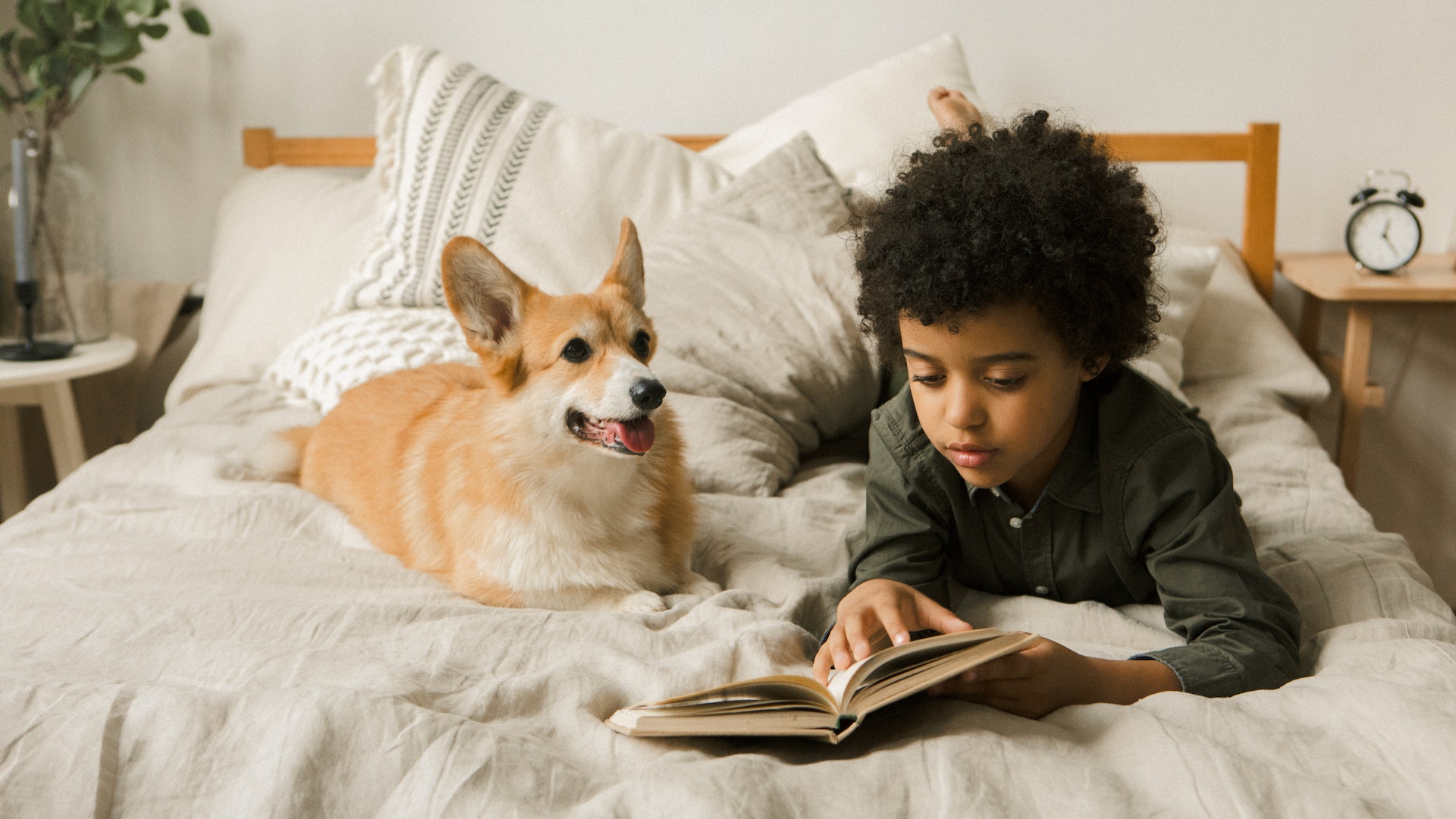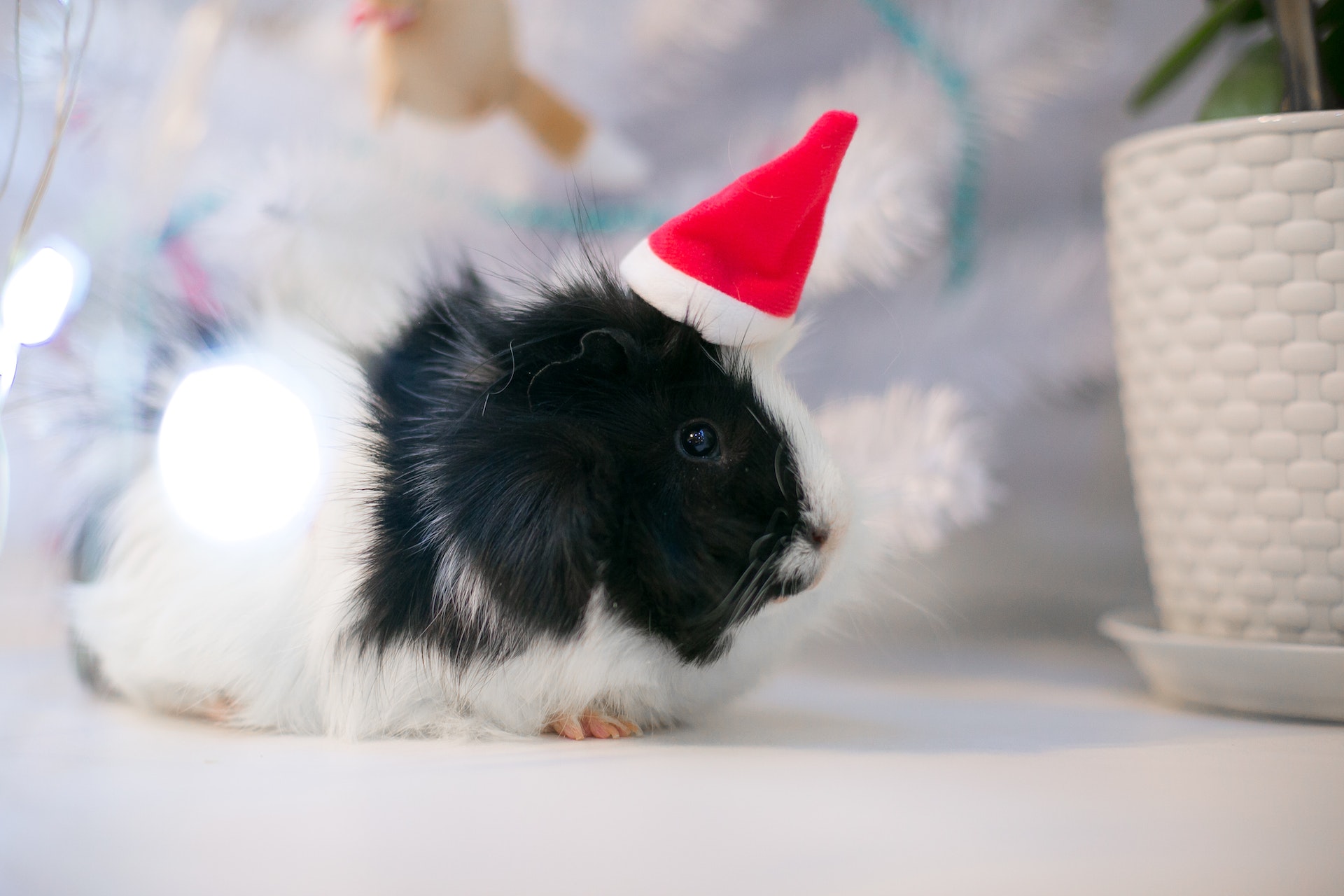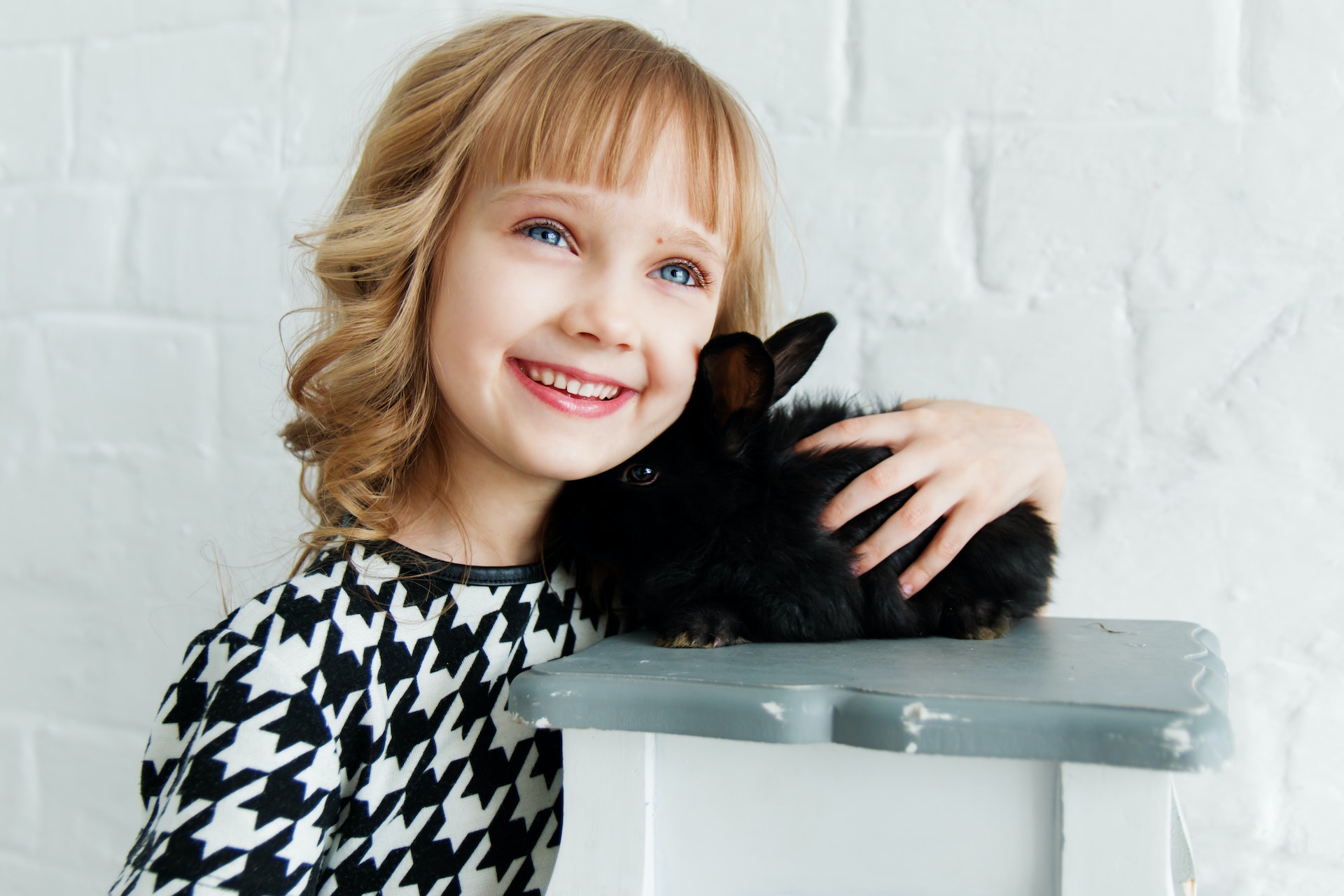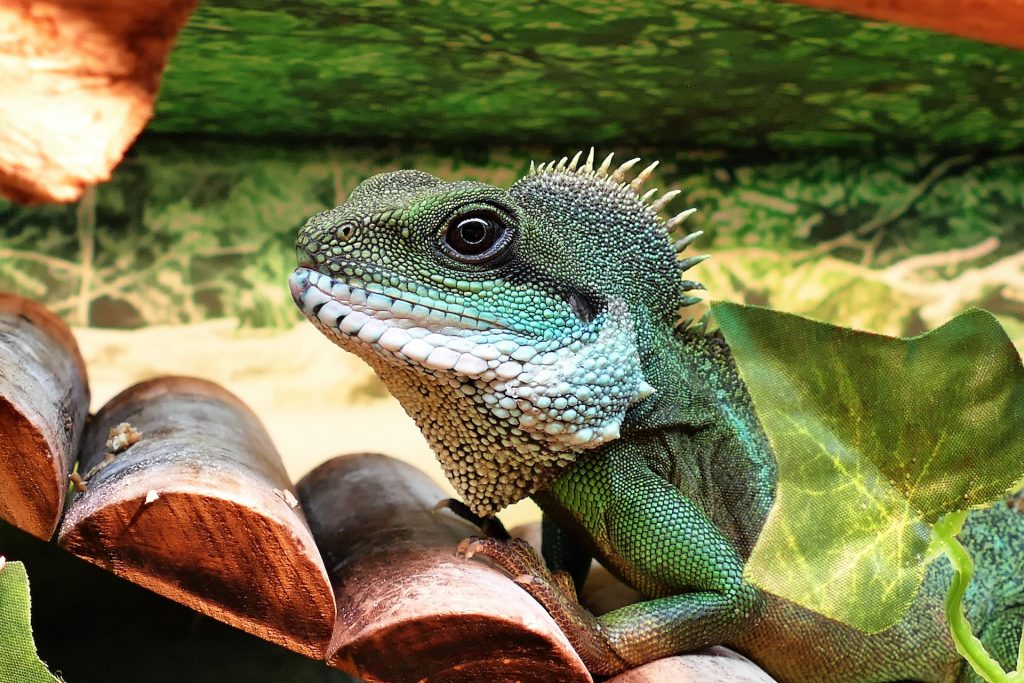
Minimally Invasive Surgery Performed In-House at All Pets Veterinary Medical Center
If you’re searching for a veterinary clinic in College Station or Bryan, TX that offers laparoscopic spay or gastropexy, you’re in the right place. At All Pets Veterinary Medical Center, we proudly provide minimally invasive laparoscopic spay and gastropexy surgeries—performed in-house by Dr. Agnes Rupley.
What Is a Laparoscopic Spay?
A laparoscopic spay (also called an endoscopic spay) is a modern surgical technique that removes the ovaries using a camera and small instruments through tiny incisions. It is less invasive than traditional spay surgery and results in:
-
Smaller incisions and less post-operative pain
-
Faster healing and reduced risk of complications
-
Minimal scarring and quicker return to normal activity
Clients often search for laparoscopic spay for dogs in College Station because they want safer, more comfortable options—and that’s exactly what we offer.
What Is Gastropexy and Why Is It Important?
A gastropexy is a preventive surgery that attaches the stomach to the abdominal wall to stop it from twisting—a condition known as gastric dilatation-volvulus (GDV) or bloat. This is especially critical in large, deep-chested breeds like:
-
Great Danes
-
German Shepherds
-
Dobermans
-
Standard Poodles
-
Weimaraners
By combining a laparoscopic spay and prophylactic gastropexy in one procedure, your pet can benefit from both reduced surgical risk and long-term protection from GDV.
Why Choose Our Veterinary Team for Lap Spay in Bryan–College Station?
At All Pets, laparoscopic spay and gastropexy procedures are performed entirely by our in-house veterinary staff—not a traveling surgeon. That means:
-
Continuity of care with the same team before, during, and after surgery
-
No delays or complications from third-party referrals
-
Surgical expertise backed by over 35 years of experience
Our lead surgeon, Dr. Agnes Rupley, DVM, performs these advanced procedures using state-of-the-art equipment, including Ligasure vessel sealing technology, for safe and efficient results.
Trusted by Pet Owners in College Station and Bryan, TX
Whether you’re trying to reduce recovery time, lower surgical pain, or prevent bloat in a large-breed dog, our team is here to help.
📞 Call All Pets Veterinary Medical Center at (979) 696-4411 today to schedule your pet’s surgical consult or ask about laparoscopic veterinary services in Bryan–College Station.






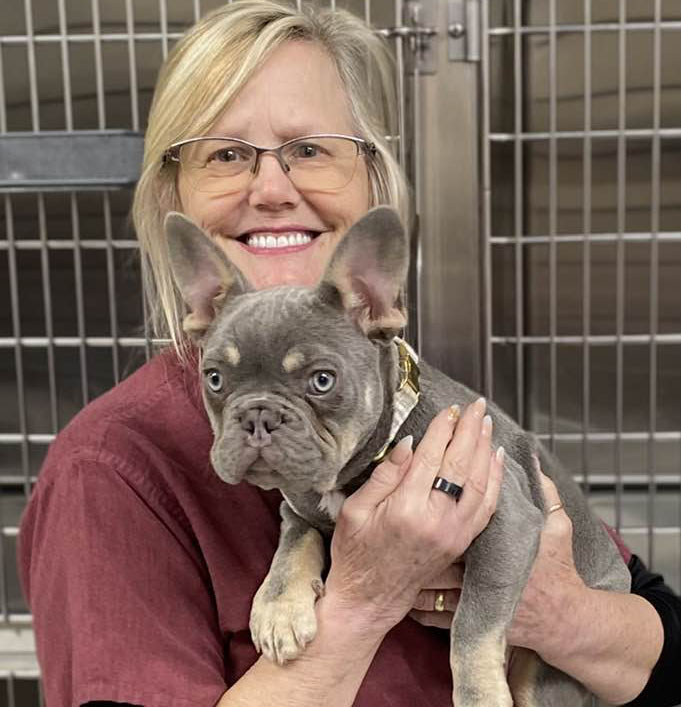
 Comprehensive & Affordable Ultrasound Imaging at All Pets Veterinary Medical Center
Comprehensive & Affordable Ultrasound Imaging at All Pets Veterinary Medical Center
